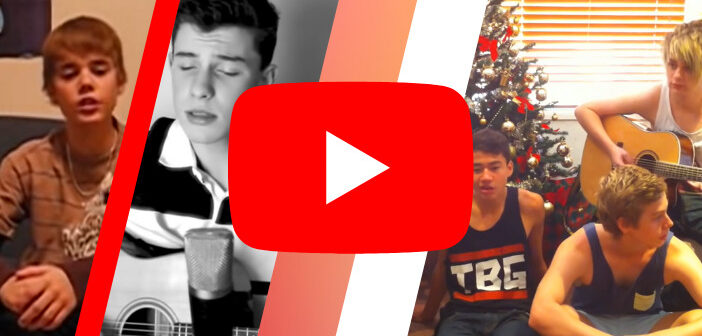In the age of TikTok , YouTube is one site that is easily overlooked and underused in the music industry. We see viral musicians playing heartbreak songs in their cars that skyrocket to the top of charts all across the For You page on TikTok, but YouTube gave rise for other platforms to do this. It transformed the music industry from an era of physical music, where we used to have to listen to music on CD or cassette or floppy disc, to suddenly having music at our fingertips.
But how? It is partly due to the huge rise of the art of the cover. Budding artists and songwriters could suddenly release and circulate their music at a fraction of the cost they used to – if any at all! This led to the insurgence of using the work of others, interpreting it into their own style and attracting mass audiences. Fans already knew these songs, and were eager to hear the cover artists’ version of it. Then, with the attention of the masses grabbed, artists could promote their own music. This was hugely successful. Artists spent the first 4/5 years of YouTube figuring this strategy out and gaining their audience; then they formed bands, signed deals, and released music. This is true of artists such as Justin Bieber, Shawn Mendes, The Vamps, 5SOS, Sabrina Carpenter and many other artists who have flung into the spotlight in recent years. Their success is rooted in YouTube, and the ease of transmission that it gave them.
Because of this, YouTube became the new scouting ground. When before, management companies like Prestige recruited their noughties rockstars like Busted and McFly through open auditions, YouTube allowed this same company to find the founding members of the next big superstar online. It just made it easier to scout the type of talent they needed for their labels and rosters.
YouTube also allowed for so much more creativity in the visual representation of music. The platform birthed lyric videos, visualisers, karaoke videos, and singalongs, as well as supporting the traditional style music video in collaboration with Vevo from 2009 onwards – this all helped to lengthen the promotion of a single. Before, a single would get a music video on MTV, a showing on Top of the Pops, if it made it, and that was usually about it. Now, a single may initially be accompanied by a simple visualiser, then followed up with a music video a few weeks later, a karaoke and a lyric video a few weeks after that, and finally some BTS-vlog style content (which YouTube LOVES). This gives a single so much more life than a quick release, stopping it from being forced to be followed by another single in a matter of months. Now, its okay for there to be more time between singles because the content is there. Monetisation undeniably helped with this; artists and labels could be creative, have extra marketing, and get paid for every video.
The music industry may have nearly almost left YouTube in the dust for the quicker, easier, promotional value of TikTok, but we must always remember how YouTube became the founding father of the modern music industry.




